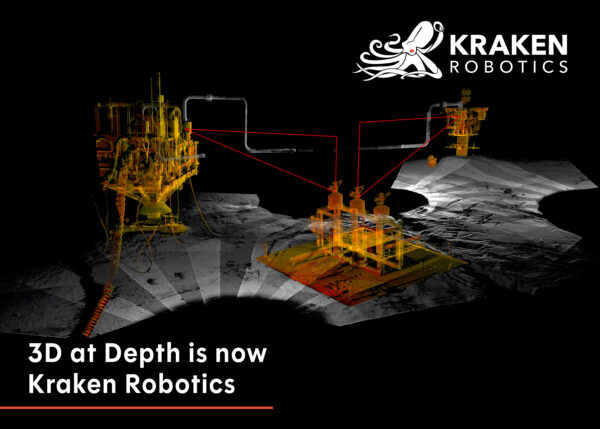Copyright forbes

Competitive advantage is no longer about owning an unassailable position. It is about building an organization that can sense change early, respond fast, and stay coherent while doing it. For decades, strategy revolved around one goal: building a competitive advantage and defending it. The logic was simple. Find something you can do better than anyone else, scale it, and build barriers so rivals cannot catch up. This made sense when industries moved slowly and advantages lasted years. Today, they often last months. Digital disruption, shifting consumer expectations, and fluid talent markets have made competitive advantage fleeting. Even the strongest moats erode quickly when new entrants can copy products, undercut prices, or reach customers directly through digital channels. What used to be strategic fortresses are now temporary peaks. The problem is that many firms still cling to the old model. They treat strategy as building something permanent rather than building the ability to change. They pour resources into protecting positions that are already being bypassed. This creates fragility. When the environment shifts, the organization cannot. Michael Porter’s framework on competitive advantage once emphasized cost leadership and differentiation as twin paths to enduring strength. Those dynamics still matter, but they no longer guarantee longevity. Cost advantages can vanish overnight when technology automates what once required scale. Differentiation can disappear when customer preferences flip. The idea of a sustainable edge has become unreliable. The truth is that advantage has shifted from what you own to how quickly you can evolve. The organizations that now pull ahead are not the ones with the biggest assets, but the ones with the fastest adaptability. MORE FOR YOU From Defensibility to Adaptability If old advantage was about building walls, new advantage is about building flexibility. This requires a shift in mindset. Instead of treating change as a threat to be resisted, leading firms treat it as raw material to work with. Rita McGrath has argued that competitive advantage has become transient. Companies succeed by creating a series of short-lived advantages, continuously replacing old ones before they decay. This demands systems that make adaptation repeatable. One way to build this is by shortening strategic cycles. Instead of locking into five-year roadmaps, organizations can operate on rolling cycles that revisit priorities every quarter. This keeps strategy responsive to market signals and prevents commitment to outdated assumptions. Another way is to keep resources fluid. Rather than tying talent and capital to fixed units, leaders can allocate them dynamically to emerging opportunities. This creates organizational agility. It allows companies to move quickly when they spot new openings instead of waiting for annual budget cycles to release resources. Adaptability also depends on loosening cultural rigidity. Leaders can encourage this by rewarding experimentation and normalizing strategic pivots. Celebrating when teams stop an initiative because conditions changed sends a clear signal: responsiveness is not failure, it is the strategy. The Rise of Narrative Coherence Adaptability alone is not enough, though. Moving quickly without a shared sense of purpose can create chaos. What holds fast-moving firms together is not fixed plans, but narrative coherence—a clear, compelling story about who they are and what they are trying to achieve. Narrative coherence provides orientation when priorities shift. It helps employees interpret change not as inconsistency, but as evolution. This matters because uncertainty often breeds disengagement. People lose motivation when they cannot see how their work fits the larger picture. Leaders can build narrative coherence by anchoring strategy in enduring values. Even as goals change, the organization’s core identity stays stable. This allows people to make sense of shifting tactics without feeling disoriented. Simon Sinek’s idea of starting with “why” captures this principle. When leaders consistently explain why they are pivoting, not just what they are doing, they preserve meaning. This gives employees the psychological safety to move quickly because they know what the movement is for. A practical way to reinforce narrative coherence is to translate every major shift into a simple story. Instead of launching a new initiative as a standalone project, frame it as the next chapter in the organization’s larger mission. This keeps change emotionally connected to identity, which makes it easier for people to commit. Redefining What Advantage Means Competitive advantage is no longer about owning an unassailable position. It is about building an organization that can sense change early, respond fast, and stay coherent while doing it. That demands different metrics and different mindsets. Instead of measuring strength by market share alone, leaders can track adaptability. How quickly can the company shift resources to new opportunities? How fast can teams act on emerging signals? These indicators reveal more about future resilience than static market positions. Leaders also need to change how they talk about success. Praising stability can unintentionally signal that movement is risky. Praising smart pivots, even when they replace once-successful strategies, signals that adaptability is expected. It shows that relevance matters more than tradition. For individual leaders, this shift means letting go of the idea that strategy is about finding the answer and defending it. It is about building the capacity to keep generating new answers as the environment keeps changing. The real competitive edge now lies in pace, not permanence. Organizations that understand this stop trying to build monuments. They build momentum. And momentum, unlike advantage, can last. Editorial StandardsReprints & Permissions



